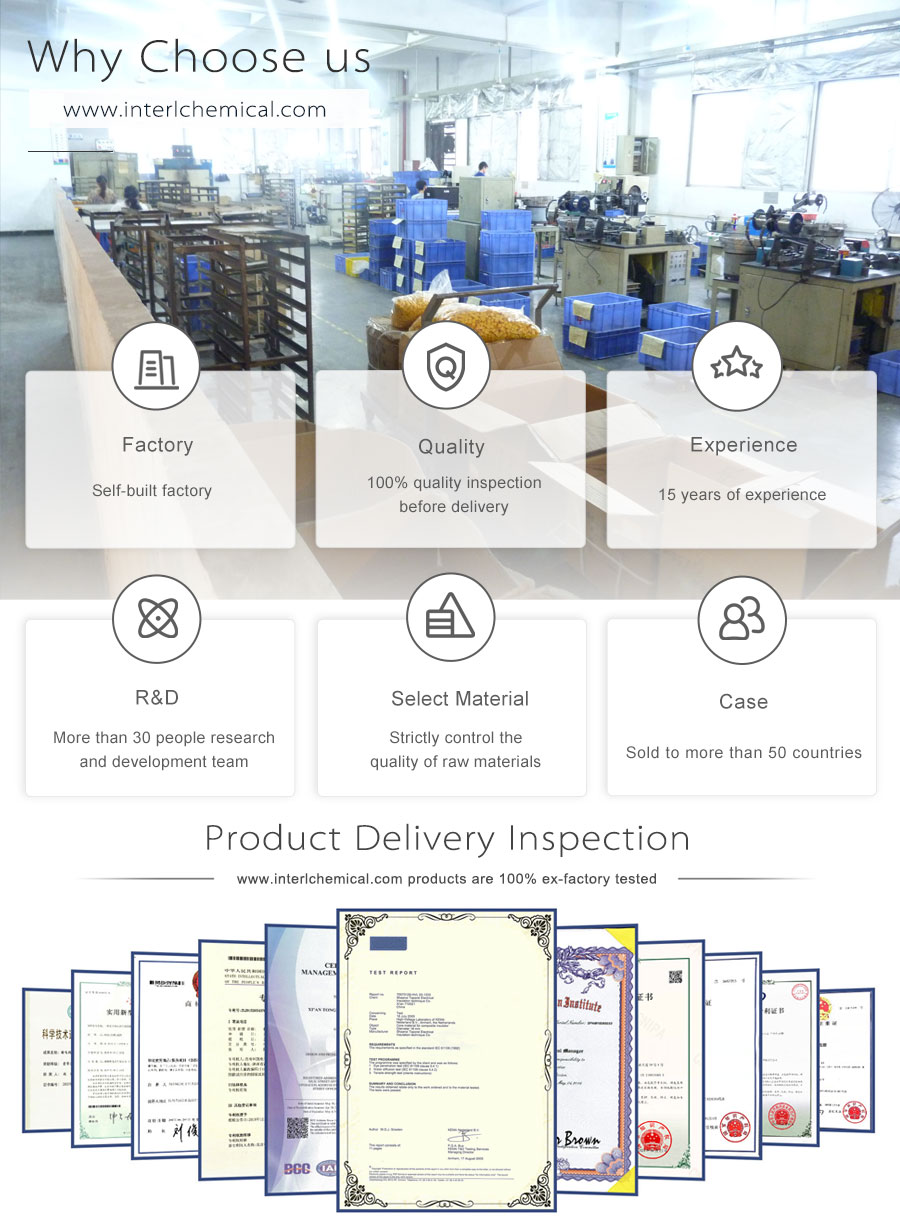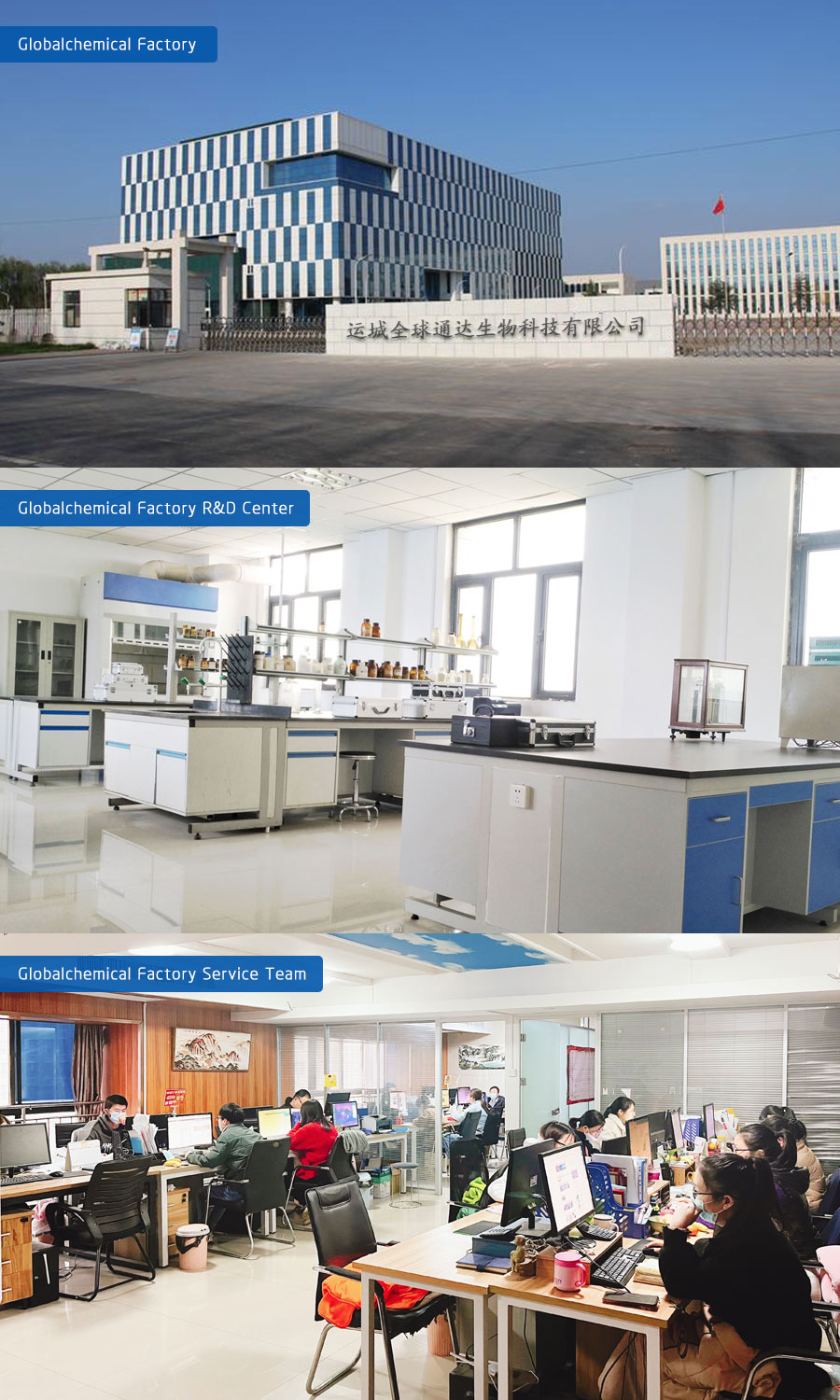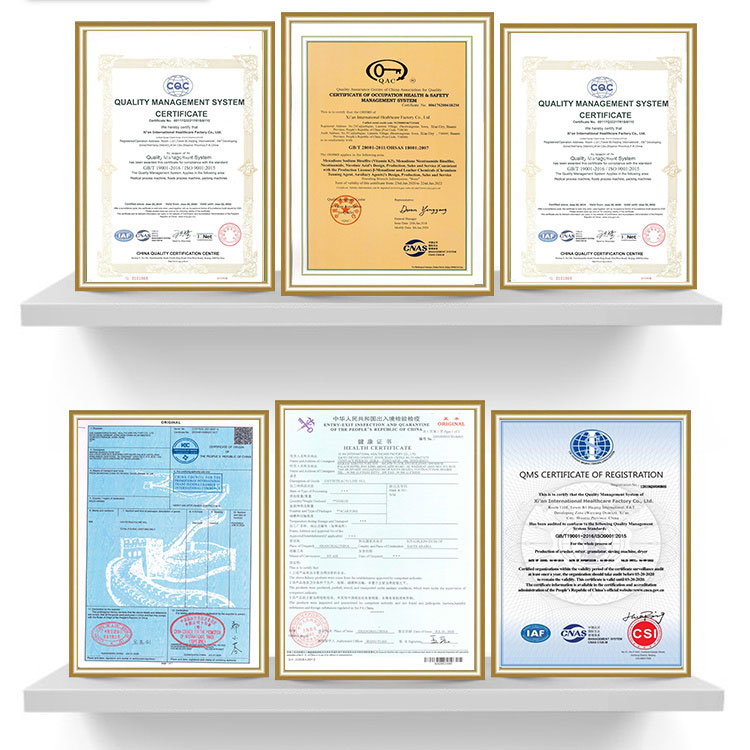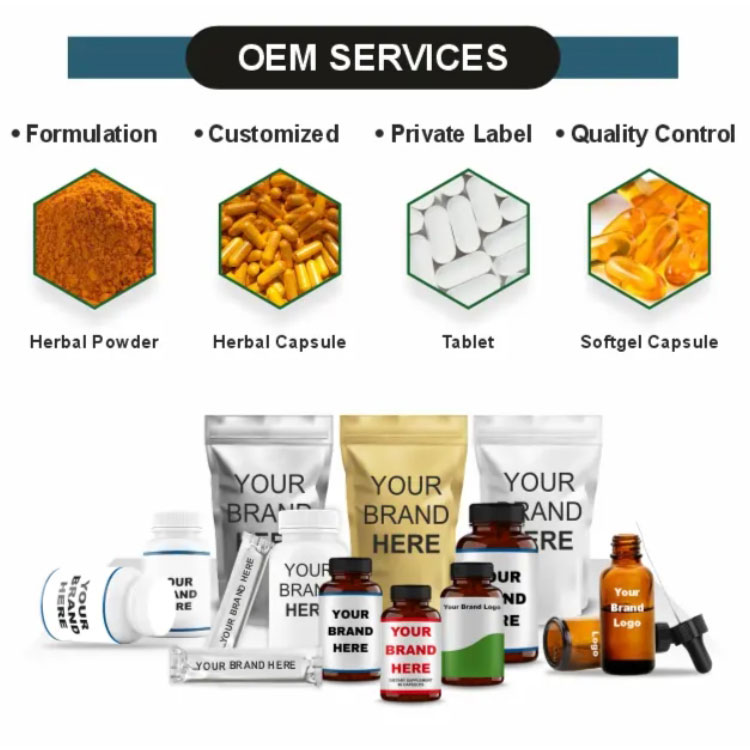Phone: 86-29-89601602
Mail: sales27@interlgroup.com
Add: Room 305 , 3/F , Haipai Decoration Office Building , Yudu Avenue , Yuncheng , Shanxi
600mg N-acetyl Cysteine Nac Powder,Organic N-acetyl-l-cysteine
Product Overview:
Acetylcysteine is an organic compound with the chemical formula C5H9NO3S. It is mainly used as a mucolytic agent and has a strong mucolytic effect. The sulfhydryl group contained in its molecule can break the disulfide bonds in the glycoprotein polypeptide chain in the sputum, thereby reducing the viscosity of the sputum and making the sputum liquid and easier to cough up. It can also break the DNA fibers in purulent sputum, so it can not only dissolve white mucus, but also purulent sputum.
600mg N-acetyl Cysteine Nac Powder,Organic N-acetyl-l-cysteine Attributes
Product name:N-Acetyl L-Cysteine
CAS:616-91-1
MF:C5H9NO3S
MW:163.19
EINECS:210-498-3
Specification:99% min N-Acetyl-L-cysteine powder
Sample:N-Acetyl-L-cysteine powder Avaliable
Appearance:white powder
Storage: Cool Dry Place
Brand:Ausreson
Shelf Life: 2 Years
Test Method: HPLC
600mg N-acetyl Cysteine Nac Powder,Organic N-acetyl-l-cysteine Details
Uses and Effect of N-Acetyl-L-cysteine powder.
N-Acetyl-L-cysteine powder, commonly referred to as NAC, is known for its powerful antioxidant properties. By neutralizing harmful free radicals in the body, N-Acetyl-L-cysteine CAS 616-91-1 helps prevent oxidative stress and supports overall cellular health. In addition, N-Acetyl-L-cysteine Raw Materials play a vital role in the production of glutathione, an important antioxidant that AIDS in detoxification and immune system function.
1. Mucolytic effect
NAC reduces sputum viscosity and promotes expectoration by decomposing the disulfide bonds of mucin in sputum. It is suitable for sputum viscosity or obstruction caused by chronic obstructive pulmonary disease (COPD), bronchitis, emphysema and other diseases.
2. Antioxidant effect
As a glutathione precursor, NAC can improve the body's antioxidant capacity, neutralize free radicals, reduce oxidative stress damage, and has an auxiliary therapeutic effect in acute lung injury and chronic inflammatory diseases.
3. Detoxification and liver protection
NAC is a specific antidote for acetaminophen (paracetamol) poisoning. It prevents liver cell necrosis by supplementing glutathione. In addition, it also has a protective effect on alcohol, heavy metal or drug-induced liver damage.
4. Other potential applications
Studies have shown that NAC may improve the symptoms of mental illness (such as obsessive-compulsive disorder and bipolar disorder), but the evidence is not yet sufficient.
In chronic kidney disease and cardiovascular disease, it may delay the progression of the disease through antioxidant mechanisms.
Functions of N-Acetyl-L-cysteine powder
Antioxidant effect: NAC is converted into glutathione in the body, which has a strong antioxidant effect, can remove free radicals and protect cells from damage.
Mucolytic effect: NAC can decompose the disulfide bonds in sputum, reduce the viscosity of sputum, and help expectorate.
Detoxification effect: NAC can combine with certain poisons to reduce their toxicity, has a certain detoxification effect, and is often used to rescue acetaminophen poisoning.
Immunomodulatory effect: NAC can regulate the function of the immune system and enhance the body's resistance.
Other effects: NAC may also have anti-inflammatory and anti-cancer effects
Drug interactions of N-Acetyl-L-cysteine powder.
This product is contraindicated with iodized oil, chymotrypsin, and trypsin.
When used in combination or alternating with isoproterenol, the efficacy of this drug can be improved and adverse reactions can be reduced.
When used in combination or alternating with isoproterenol, the efficacy of this drug can be improved and adverse reactions can be reduced.
When used in combination with nitroglycerin, it can increase the occurrence of hypotension and headache. Acidic drugs can reduce the effect of this product. This product can significantly increase the excretion of gold preparations and weaken the antibacterial activity of penicillin, tetracycline, and cephalosporin drugs, so it is not suitable for use with these drugs. If necessary, it can be used alternately at an interval of 4 hours.
Applications of N-Acetyl-L-cysteine powder.
Medical field: NAC can be used to treat respiratory diseases such as chronic obstructive pulmonary disease and bronchitis, as well as to treat acetaminophen poisoning.
Dietary supplements: NAC is often made into dietary supplements to enhance antioxidant capacity, protect the liver, and improve respiratory health
Production method of N-Acetyl-L-cysteine powder
The process of producing N-acetyl-L-cysteine mainly includes two steps: neutralization and acetylation.
First, the neutralization step is carried out: dissolve L-cysteine hydrochloride without crystal water in 0.8 times distilled water, dissolve it by slightly heating it in a water bath, and then filter and collect the filtrate. Add ethanol (95%) to the filtrate, then add pyridine, cool it to an ice water bath, place it in the refrigerator overnight to crystallize, filter, wash the crystals, and dry them with chloroform to finally obtain L-cysteine.
The acetylation process is more delicate: put L-cysteine into the reaction tank, add glacial acetic acid and chloroform, and keep stirring vigorously. Heat the interlayer of the reaction tank to about 35°C, and after stopping heating, the temperature rises to 82-85°C. To prevent the temperature from being too high, it will start cooling at 70°C and stir at about 50°C for half an hour.
After filtering, concentrate the solution. When it becomes thicker, add an appropriate amount of water to continue concentrating. Repeat this process until the concentrate is about 1.8 times of L-cysteine. After cooling, add a small amount of L-cysteine crystals, refrigerate overnight for crystallization, filter and squeeze dry, wash with ether to obtain crude acetylcysteine.
Finally, refine: the crude product is dissolved in 0.5-0.6 times distilled water, decolorized by activated carbon, filtered, the filtrate is cooled and crystallized again, filtered, squeezed dry, washed with ether, and finally vacuum dried to obtain pure N-acetyl-L-cysteine.
Pharmaceutical vs Dietary Supplement Forms.
| Parameter | Pharmaceutical Grade | Dietary Supplement Grade |
|---|---|---|
| Purity | ≥99% (EP/USP standards) | ≥95% |
| Testing | Full heavy metal/impurity screening | Basic heavy metal testing |
| Price (per kg) | $150-$300 | $80-$150 |
| Best For | Clinical/therapeutic use | General wellness |
FAQ.
Q: How long does NAC take to work for liver support?
A: Liver enzyme improvements typically seen within 4-8 weeks at 1200mg/day.
Q: Can NAC help with COVID-19?
A: Some studies suggest potential benefits for respiratory symptoms, but not FDA-approved for this use.
Use the product safely.
The U.S. Food and Drug Administration (FDA) is an important agency of the U.S. federal government responsible for regulating food, drugs, medical devices, cosmetics, biological products, and tobacco products to ensure their safety, effectiveness, and quality. Food and dietary supplements can support your overall health, please use them wisely.
Company advantages.
We have 20 years of industry experience and always adhere to quality first to provide customers with the most reliable products and services.
We have our own R&D team and workshop, and can provide customized services according to your needs. We have strict quality control on the production side, set up multiple inspection points in the production process, find and correct problems in time, and conduct comprehensive inspections on finished products to ensure that the products meet quality requirements.
In addition to plant extracts, vitamins, mineral supplements and food additives, our main products include capsules, soft capsules, solid beverages, soft candies, drops, gels, tablets and effervescent tablets. We can customize labels and product formulas according to your needs until you are satisfied.
We are customer-centric, provide 7*24 hours all-weather service, and respond quickly to customer needs.
Click here for professionals to answer your questions. sales28@interlgroup.com











